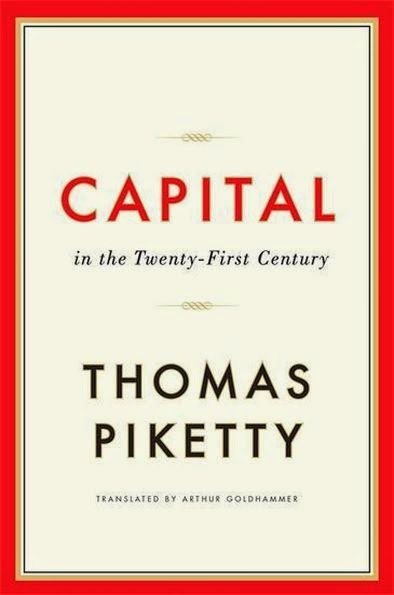“In my view, there is absolutely no doubt that the increase of inequality in the United States contributed to the nation’s financial instability. The reason is simple: one consequence of increasing inequality was virtual stagnation of the purchasing power of the lower and middle classes in the United States, which inevitably made it more likely that modest house holds would take on debt, especially since unscrupulous banks and financial intermediaries, freed from regulation and eager to earn good yields on the enormous savings injected into the system by the well- to- do, offered credit on increasingly generous terms.
In support of this thesis, it is important to note the considerable transfer of US national income— on the order of 15 points— from the poorest 90 percent to the richest 10 percent since 1980. Specifically, if we consider the total growth of the US economy in the thirty years prior to the crisis, that is, from 1977 to 2007, we find that the richest 10 percent appropriated three- quarters of the growth. The richest 1 percent alone absorbed nearly 60 percent of the total increase of US national income in this period. Hence for the bottom 90 percent, the rate of income growth was less than 0.5 percent per year. These figures are incontestable, and they are striking: whatever one thinks about the fundamental legitimacy of income inequality, the numbers deserve close scrutiny. It is hard to imagine an economy and society that can continue functioning indefinitely with such extreme divergence between social groups”.
In support of this thesis, it is important to note the considerable transfer of US national income— on the order of 15 points— from the poorest 90 percent to the richest 10 percent since 1980. Specifically, if we consider the total growth of the US economy in the thirty years prior to the crisis, that is, from 1977 to 2007, we find that the richest 10 percent appropriated three- quarters of the growth. The richest 1 percent alone absorbed nearly 60 percent of the total increase of US national income in this period. Hence for the bottom 90 percent, the rate of income growth was less than 0.5 percent per year. These figures are incontestable, and they are striking: whatever one thinks about the fundamental legitimacy of income inequality, the numbers deserve close scrutiny. It is hard to imagine an economy and society that can continue functioning indefinitely with such extreme divergence between social groups”.

Comentarios
Publicar un comentario